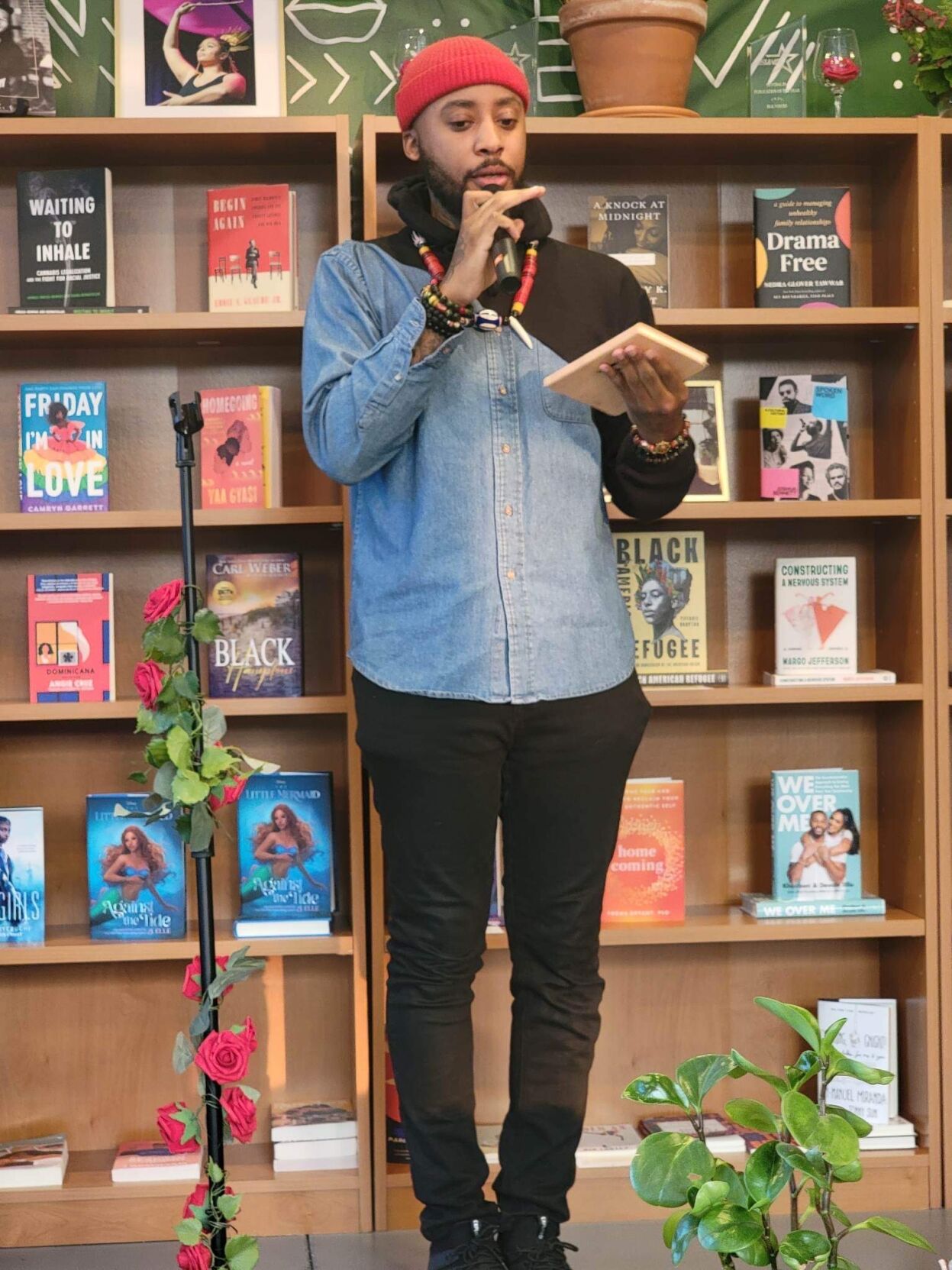

But it has already helped introduce neighbors who have lived side by side for decades without ever meeting. “If we can start with neighbors having a sense of pride for what’s going on in their neighborhoods, that’s a really important first step in changing the narratives that are out there on communities in Boston,” she says.Edgewater Food Forest had its grand opening in May, so it’s still a baby food forest. Kelley. But they also support the interconnectedness of the people who live near them. “ designed to mimic the layers and ecological relationships of a healthy young forest while producing food,” says Ms. All of them have been built and are tended to by neighborhood stewards. Hope Kelley, the communications manager for the Boston Food Forest Coalition, describes them as public edible parks. This is the Edgewater Food Forest, a tiny urban oasis that offers food for foraging and a community space to gather.It’s one of 10 similar urban plots across Boston that have been transformed from vacant lots to spaces teeming with life.


A gravel path curves around an outdoor stage, two chess tables, and benches. Squirrels chatter from the wood fence, and the branches above are alive with birdsong. There are also blueberry and blackberry bushes and perennial flowers. Here grow a fig tree, black walnut trees, a sour cherry tree, and even a pawpaw tree, an indigenous North American fruit tree. Tucked away from a busy street in Boston’s Mattapan neighborhood, ringed by houses and apartments, is a secret garden of sorts. If you didn’t know where to look, you might miss it.


 0 kommentar(er)
0 kommentar(er)
